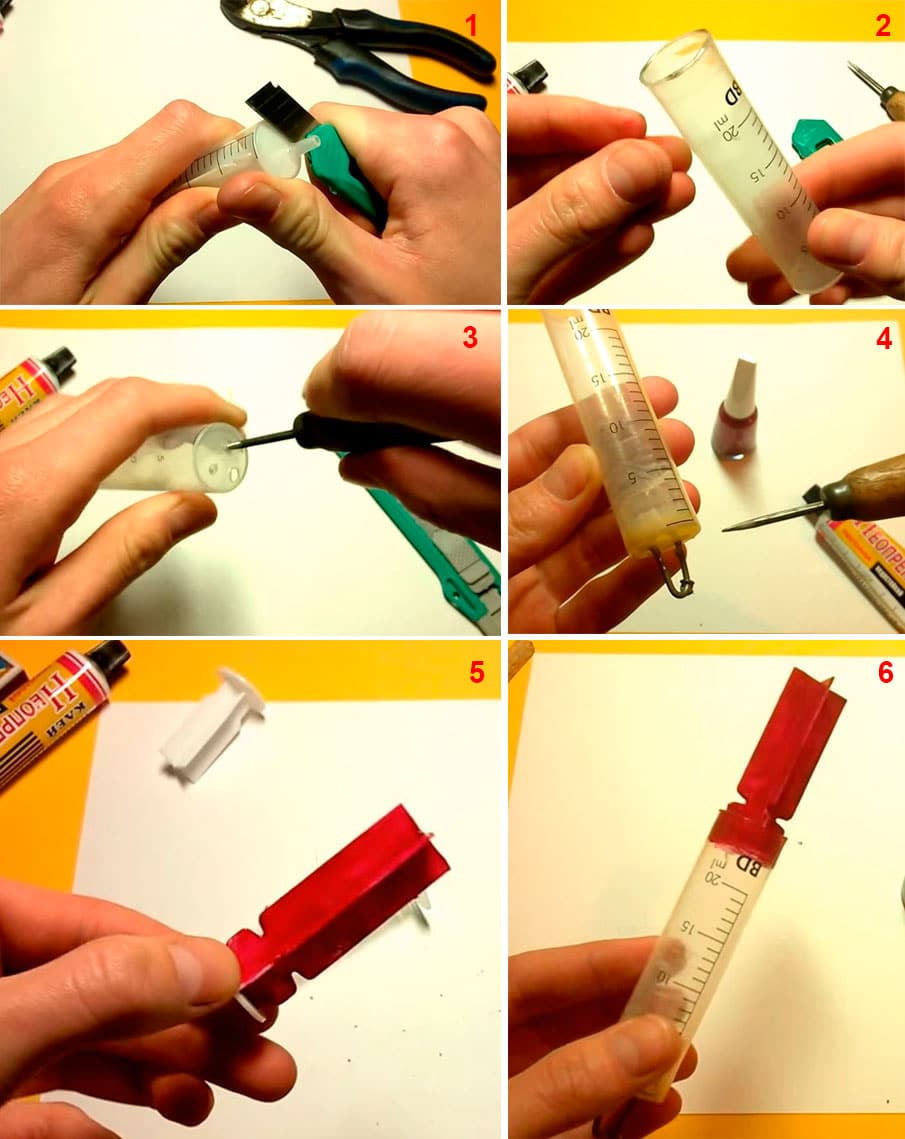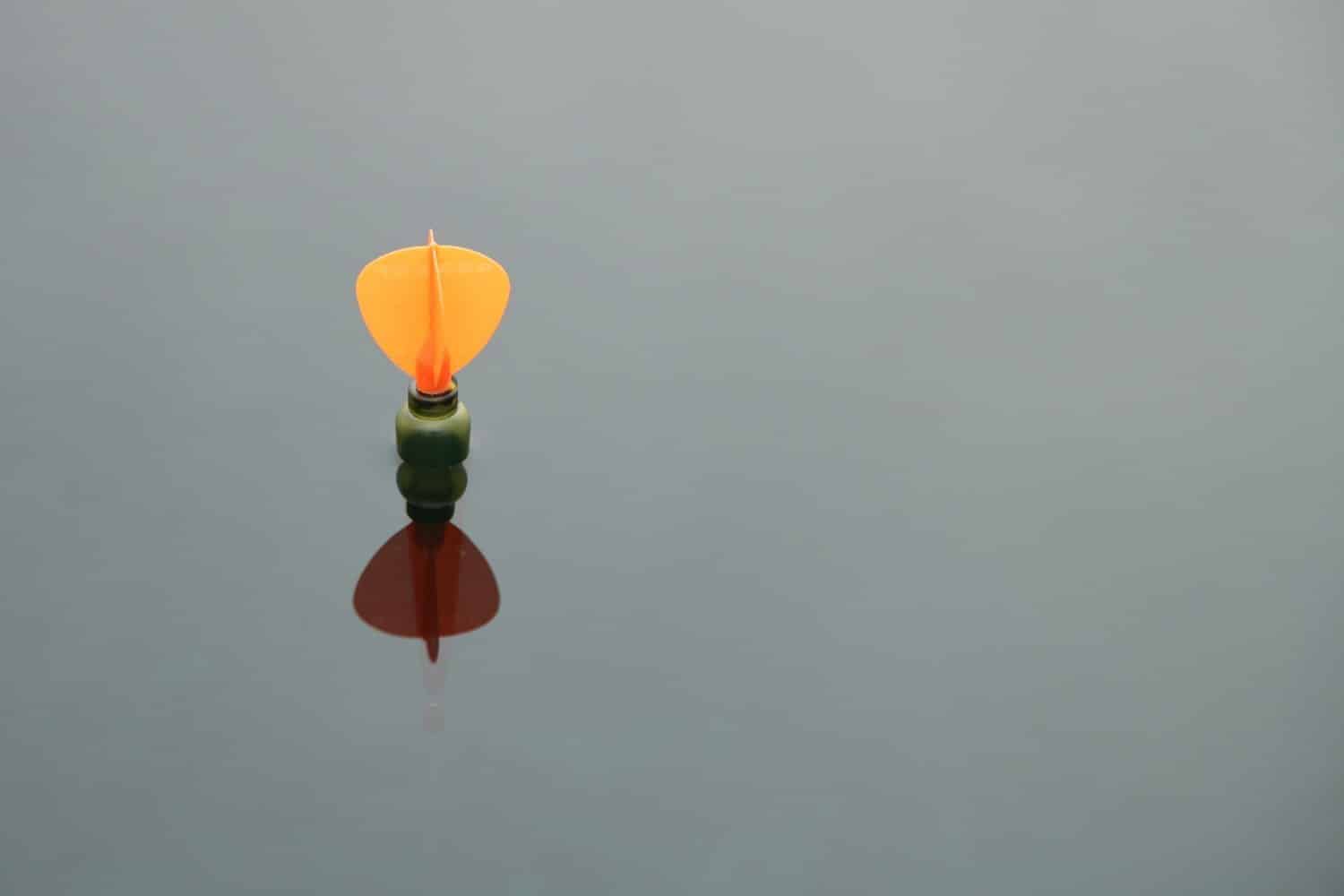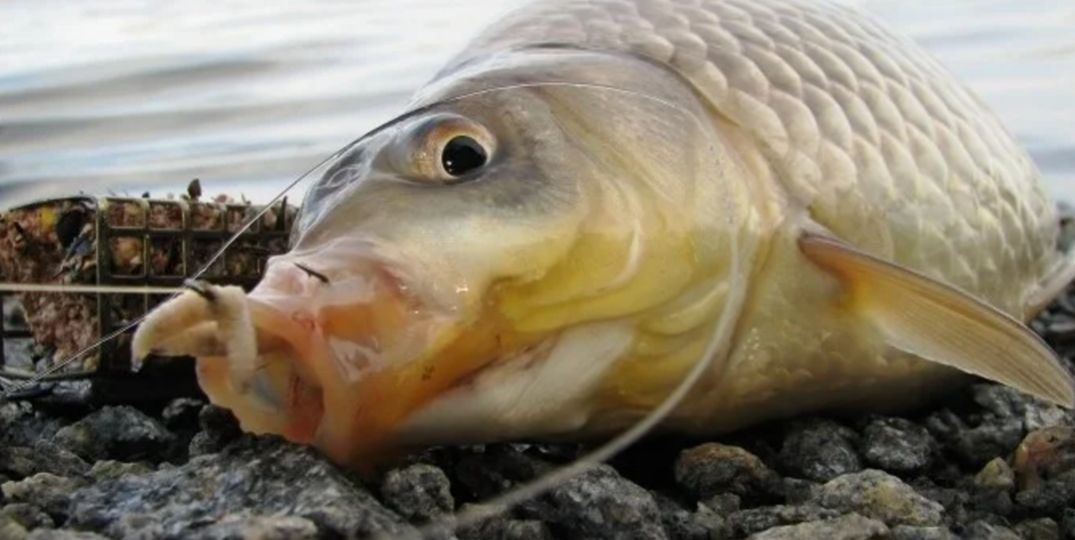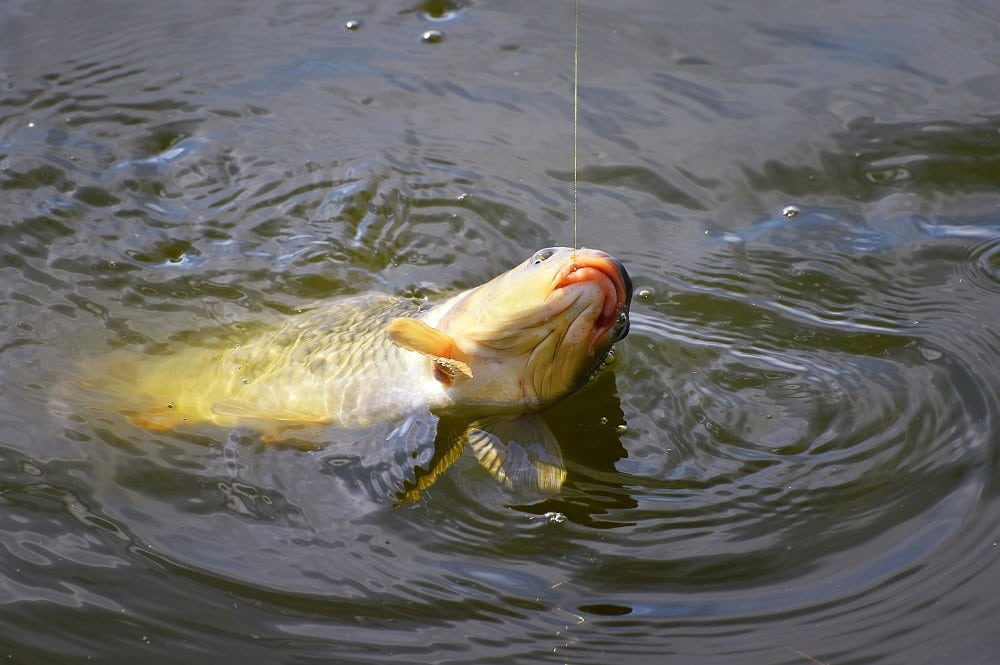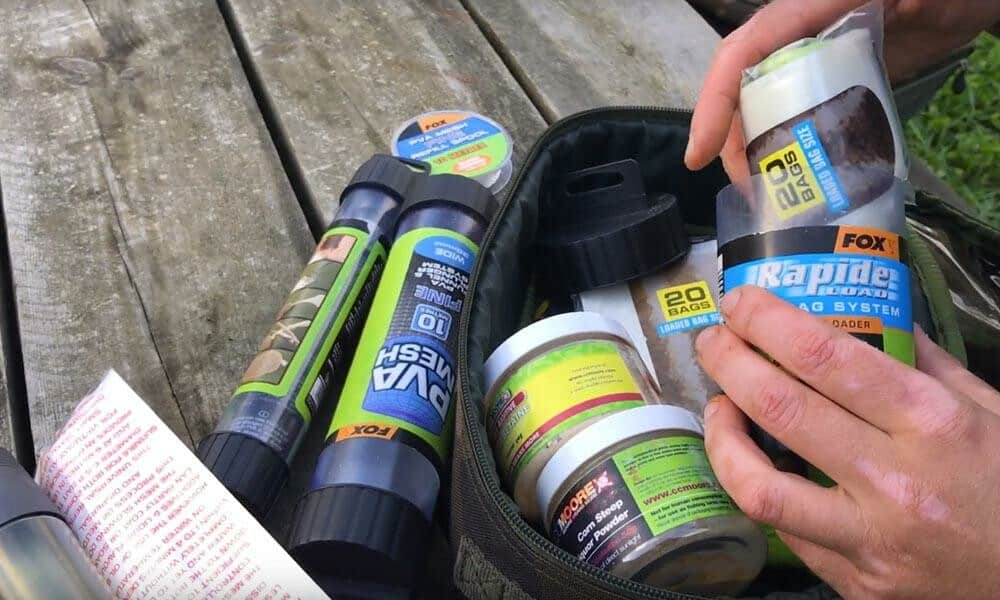A marker float is a device that allows you to determine the bottom topography to select a promising fishing spot, find holes or hard areas where you can throw bait and try to catch fish. To determine the required location, the fisherman will need time to measure the depth, study the relief and the nature of the ground.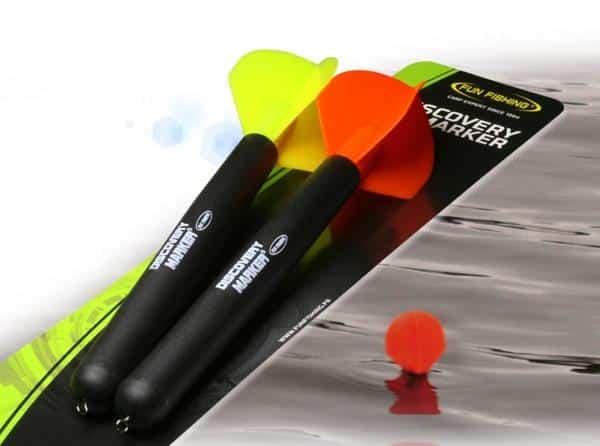
carp fishing [/ caption]
- The principle of operation of marker tackle, how to use a float marker
- Coil selection
- Braided cord
- How to measure the depth on fishing with a marker float
- Using the marker in still water
- Use on a muddy bottom
- Use on a current
- Marker rig
- Best marker float
- Buy or DIY?
- How to make a do-it-yourself marker float
- Поделиться ссылкой:
The principle of operation of marker tackle, how to use a float marker
The marker rod consists of a
marker weight , slide mount, float and braided line. As for the float, it doesn’t matter whether it is branded or made independently, the most important thing is that it pops up quickly and is noticeable at a great distance. For a marker float, it is not essential to use a special rod, the usual one is also suitable. The main stages of action:
- prepared equipment is thrown into a specific place in the reservoir;
- waits for about 30 seconds until the lead falls to the bottom;
- the fishing line is pulled up until the float rested against the eye of the sinker;
- a mark is set on the line near the spool leg;
- the fishing line is gradually blown off until the float floats up;
- another mark is set.
After everything is done, you need to check that the line is stretched and exhaust it. Then you need to measure the distance between the marks and subtract the length between the sinker and the ring. So with the help of marker equipment, the depth is measured at a certain place.
Recommendation: To fish in ponds with aquatic vegetation or snags, it is better to choose a small float without any protrusions. For long distance fishing, it is advisable to install elongated floats equipped with stabilizers.

Coil selection
For a marker rod, the reel must meet certain requirements:
- power reserve;
- reliable mechanism;
- uniform winding of a thin braided cord;
- lightweight.
To explore the bottom conveniently and quickly, it is best to use a spinning reel with a bayntrunner function. This system allows the fisherman to instantly switch the levels of rotation of the reel. To prevent tangling of the line, there should be a spool with a large size (3000-4000) and a front vertical collar on the spool. For the cast to be fixed, there must be a metal clip on the spool, where the cord snaps into place.
Braided cord
The main requirement for a braided line for a marker is the ability to throw the float far without tangling the equipment, abrasion resistance and strength. These parameters are quite consistent with a thin cord with a diameter of 0.16-0.24 mm. The braid does not stretch (unlike conventional fishing line), this allows you to accurately recognize the bottom topography. To increase the casting distance and prevent the line from breaking, as well as cutting the finger, a shock leader is installed from a thick line of 0.25-0.30 mm (two rod lengths).
How to measure the depth on fishing with a marker float
Using the marker in still water
In this case, the float will float parallel to the lead and the measurement error is minimal. In addition, there will be no sagging on the braided cord, which makes it very easy and quick to determine the depth of the reservoir.
Use on a muddy bottom
It is much more difficult to use a marker float in ponds with silty soil, but this issue is solved in several ways:
- Install the ball-shaped weight . It creates minimal pressure on the bottom, and does not sink so much into the silt.
- You can independently make such a device as the “Umbrella” . This requires a small plastic eggplant. First, it is cut under the neck. Next, we put the cut off part (like a skirt) on the weight. Sinking to the bottom, the umbrella will fall along with the sinker and the latter will not get bogged down.
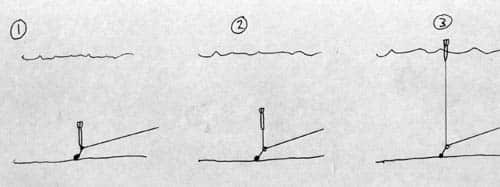
Use on a current
Determining the depth is even more difficult on the current. The water flow carries the float away and it will float not above the sinker, but to the side, this greatly complicates the measurement procedure. At the same time, the cord bends, which creates a very large error. To resolve this issue, you will need:
- Installation of flat floats. These constructs float up faster.
- Installation of heavy weights. Due to this, the marker tackle is lowered to the bottom at the required point.
In strong currents, a “dart format” float is usually used.
Recommendation! Feeding a certain place on the current is ineffective, it is not a secret for every fisherman. However, with the help of a marker float, you can determine the area into which you need to pour the bait, then the working tackle is thrown into the reservoir.
https://youtu.be/XO778YeQGFQ
Marker rig
The rigging of the marker float begins by threading the cord through the eye of the weight. The latter is obliged to easily move along the braid without forming burrs or deforming it. About 25 cm from the end of the cord, attach the stopper. For this, a silicone bead is used. It should not move along the braid, that is, it is required to select the correct diameter for reliable fastening. The float is attached to the very end of the cord. The final result will depend on the quality of fixation.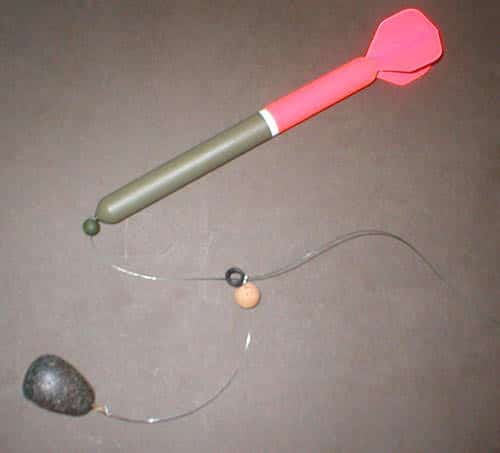
Best marker float
To accurately determine the nature of the bottom in a specific section of the reservoir, you can use the equipment with the Expert “204-52” float. The set contains 2 products, differing in antenna colors. Depending on the weather conditions, a red or yellow float will be clearly visible.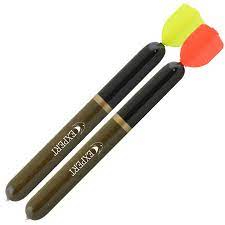
- good aerodynamics;
- bright color;
- maximum accuracy.
Disadvantages: Expensive cost – $ 15.
Buy or DIY?
You can purchase a marker float at every store. If fishing takes place in a stagnant body of water, then you don’t have to bother with the shape and length of this piece of equipment. A 35-45 gram float is ideal for this. But for a strong current, the float is much more difficult to use, since there is a large measurement error. For this, weights weighing 80-120 grams and flat floats of the same weight are used.
How to make a do-it-yourself marker float
As a float, you can choose absolutely any material that can float. This could be:
- A piece of Styrofoam is the easiest way to make a float. The rounder the piece, the better, since no one has canceled the laws of aerodynamics, and in our case it is important that the float in the water receives minimal resistance.
- The planed part of wood (it must be small, but visible from afar, therefore it must be painted with waterproof bright paint) – similar to a foam float.
- Disposable Syringe – The manufacturing steps are described below.
The easiest way is to make your own marker float from a syringe. To do this, you will need: a 20 cc disposable syringe, matches, wire cutters, a thick needle, a lighter, a swivel, tweezers, a knife, pliers, waterproof paint, glue. When the materials and tools are ready, you can start making. Step-by-step instruction:
- We cut off the place where the needle is put on from the syringe and do the same from the back side. It turns out a keg.
- We even out the edges with a lighter (you need to bring it to the edge and melt a little).
- Using a thick needle, make two holes for the loop.
- A swivel must be put on the bracket (it must first be bent out of the wire). We install these elements of equipment in the holes and bend the wire in opposite parts, so it will be firmly fixed.
- Glue is poured into the syringe. This is required so that there is a layer of 4-6 mm at the bottom, and leave to dry overnight.
- To prevent the glue from leaking out, you need to stick electrical tape on the hole in the cylinder.
- We cut the syringe in half and paint with bright paint.
- We install both dried elements into each other.
- The cylinder is half painted so that it is visible from a distance.
- Pour a small amount of glue on top of the piston to seal and fix the float.
How to make a marker float with your own hands – a step-by-step video instruction: